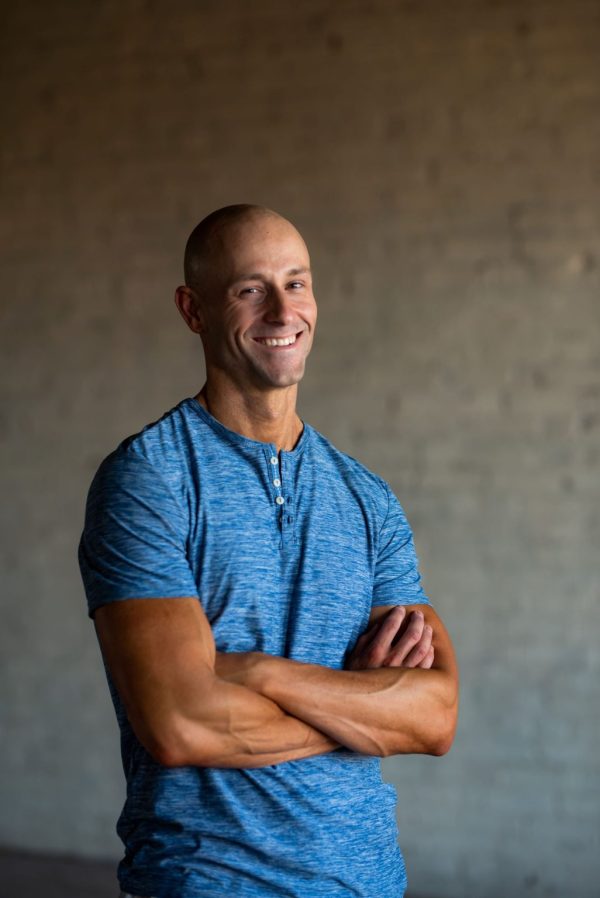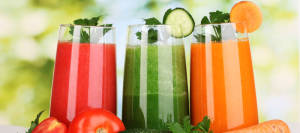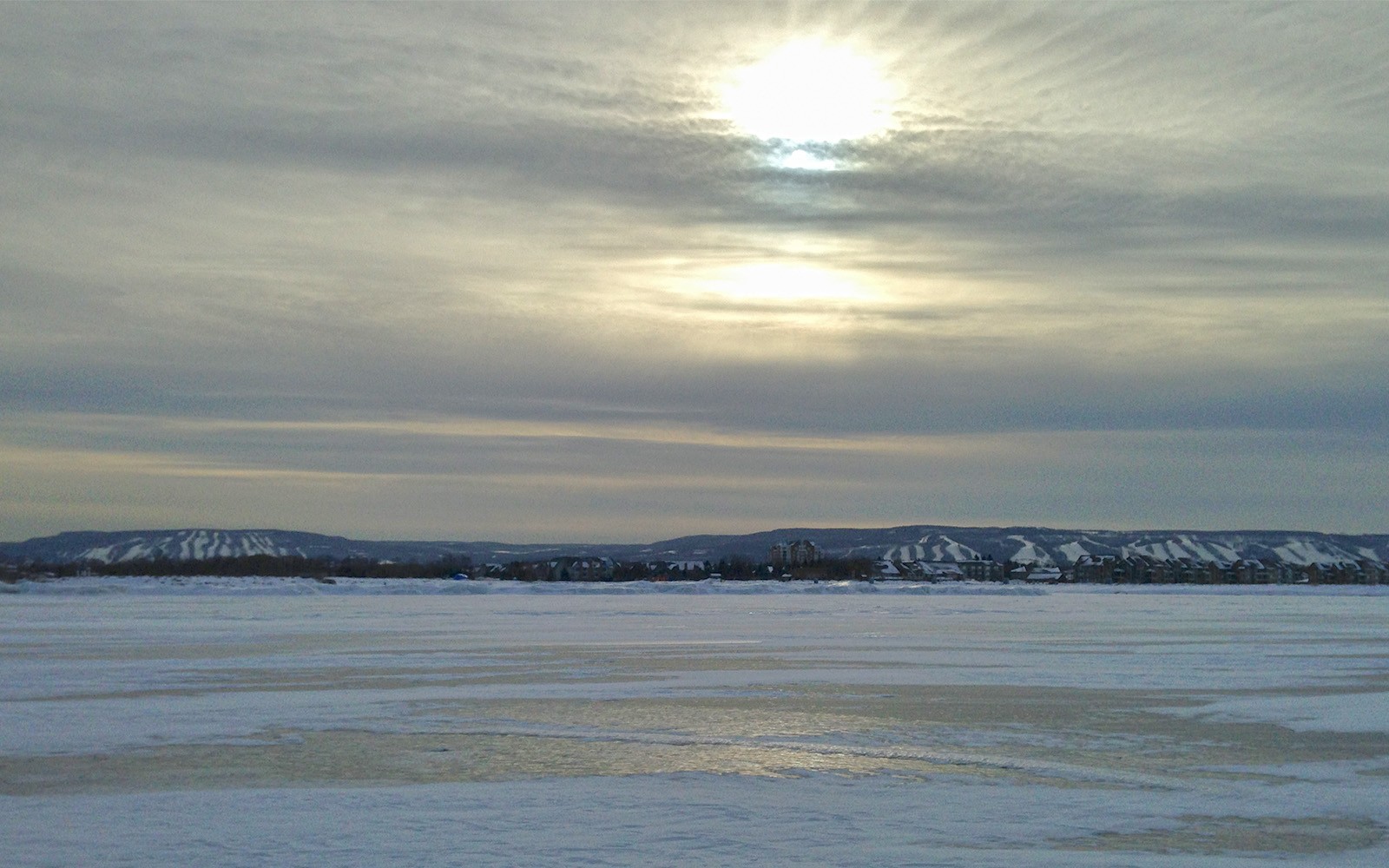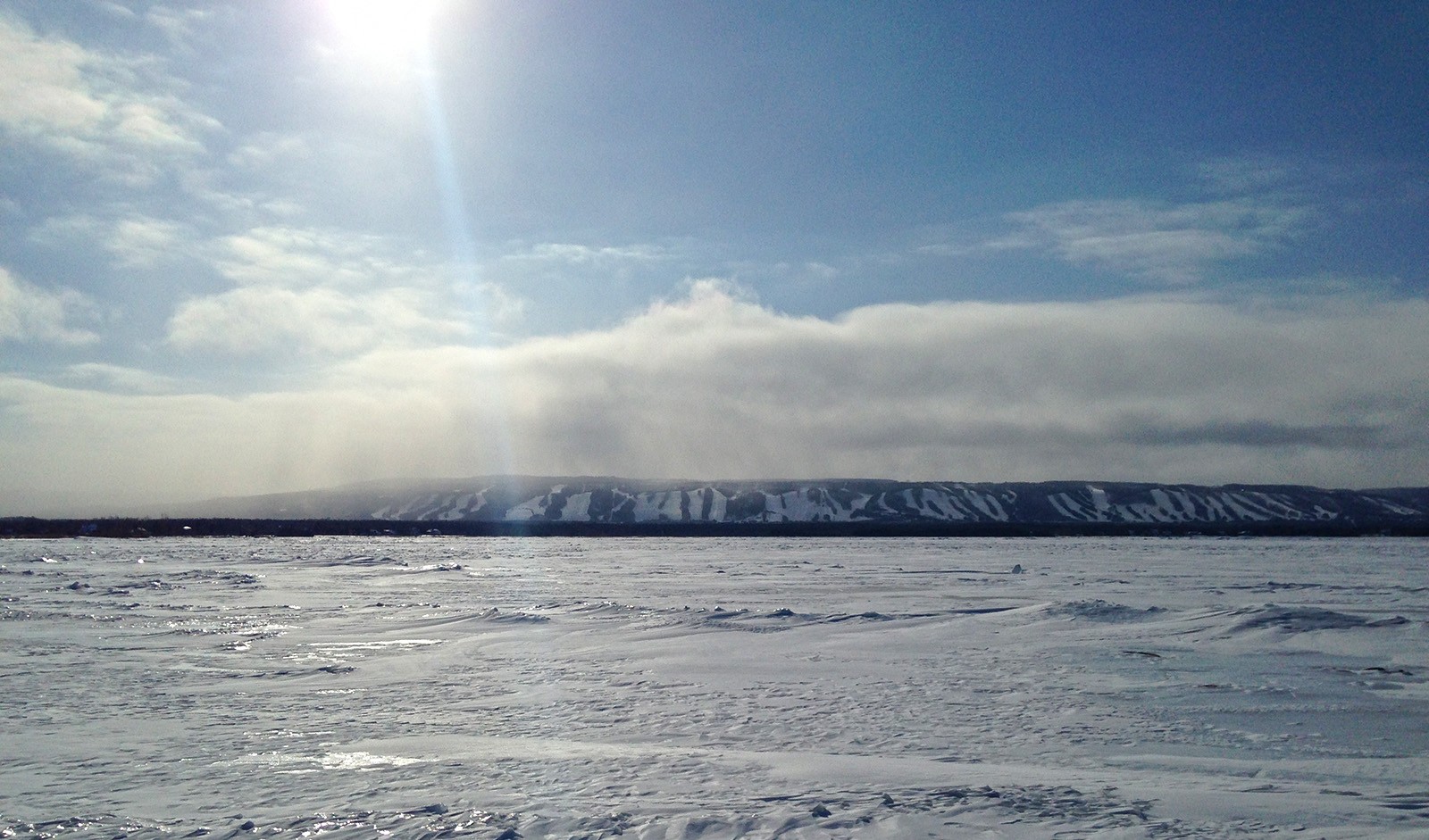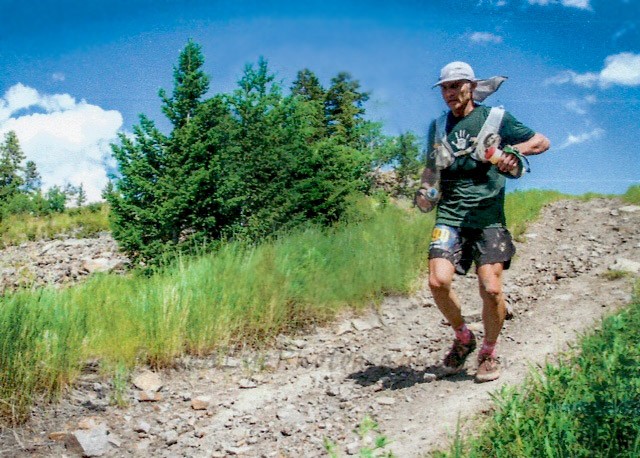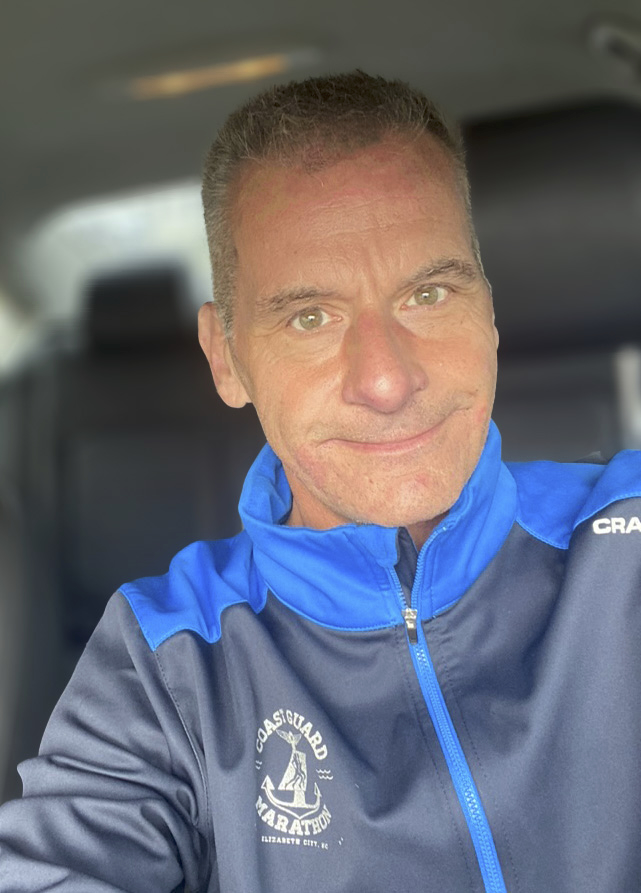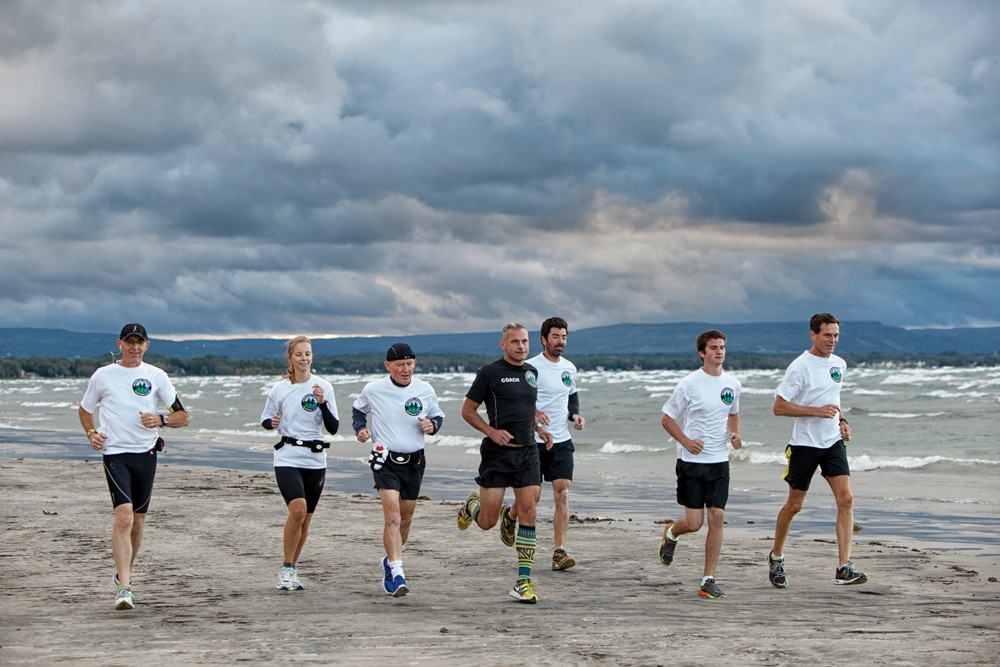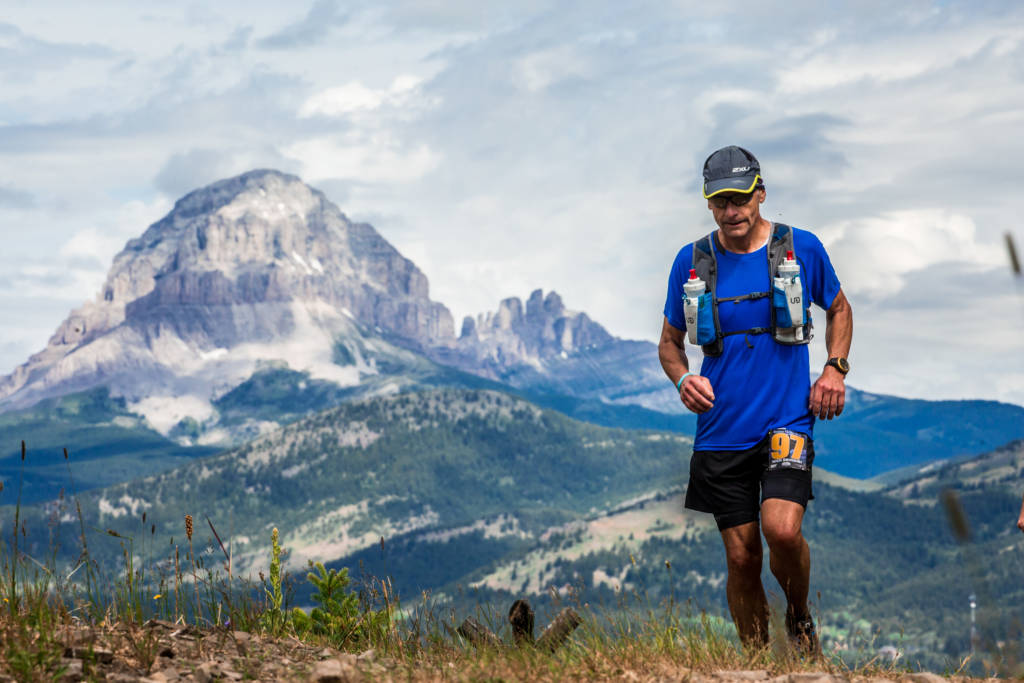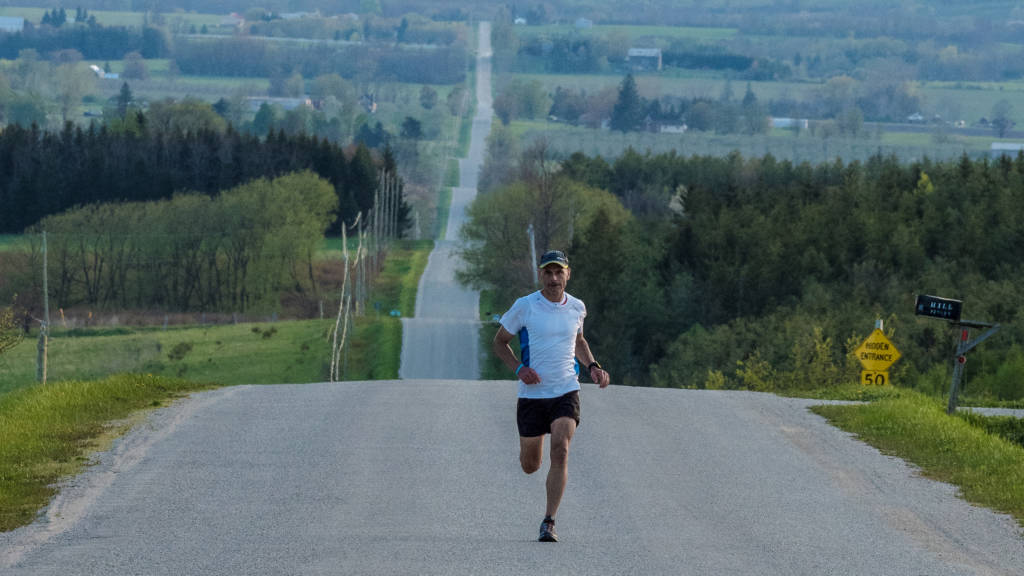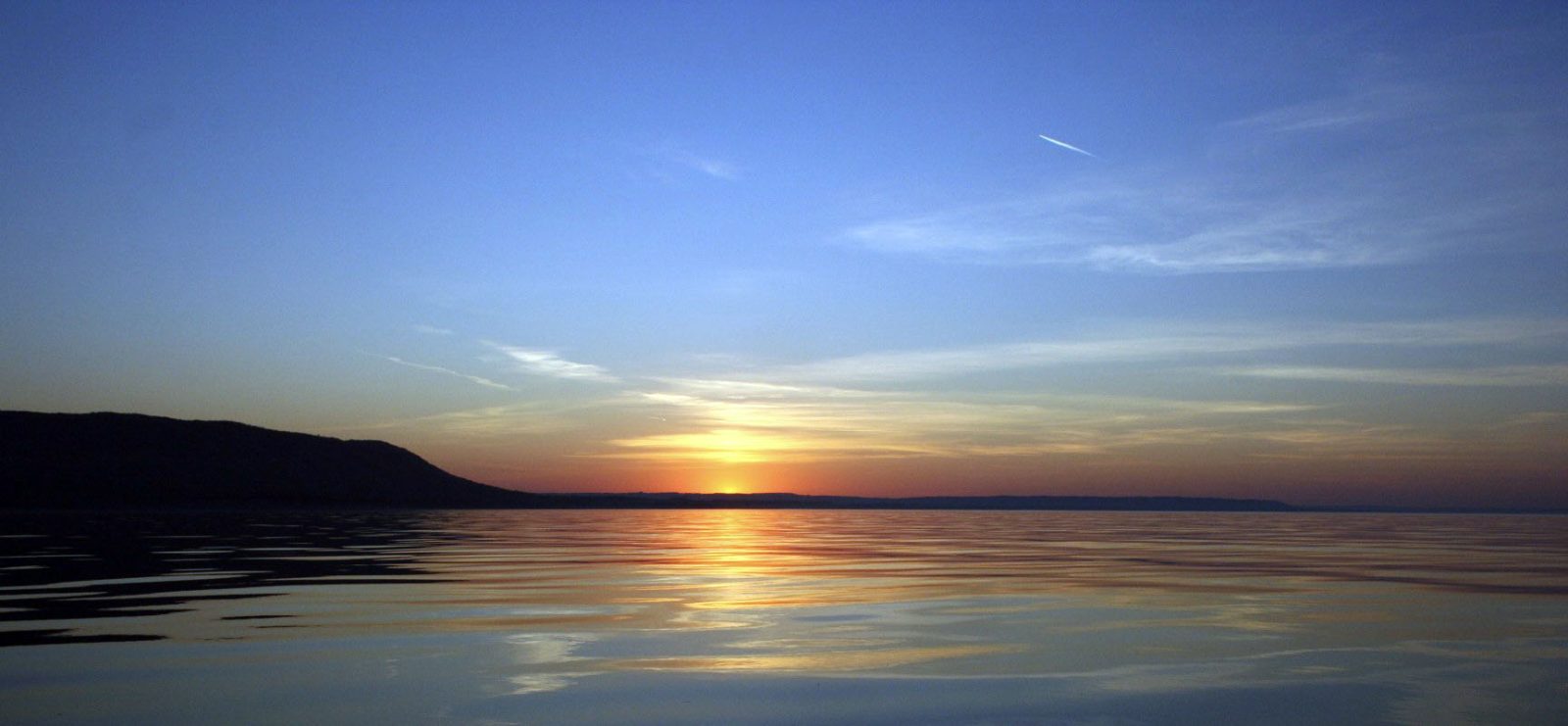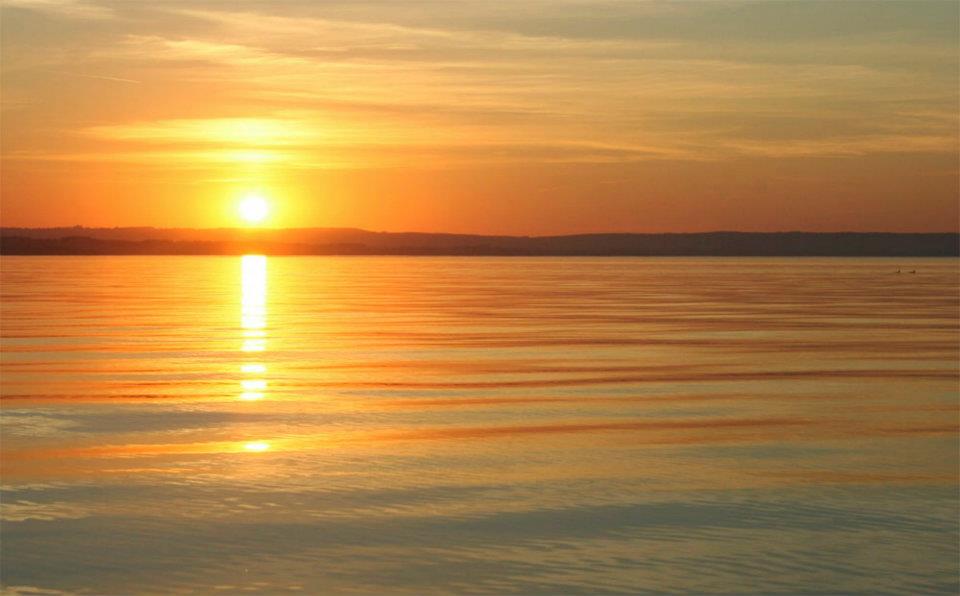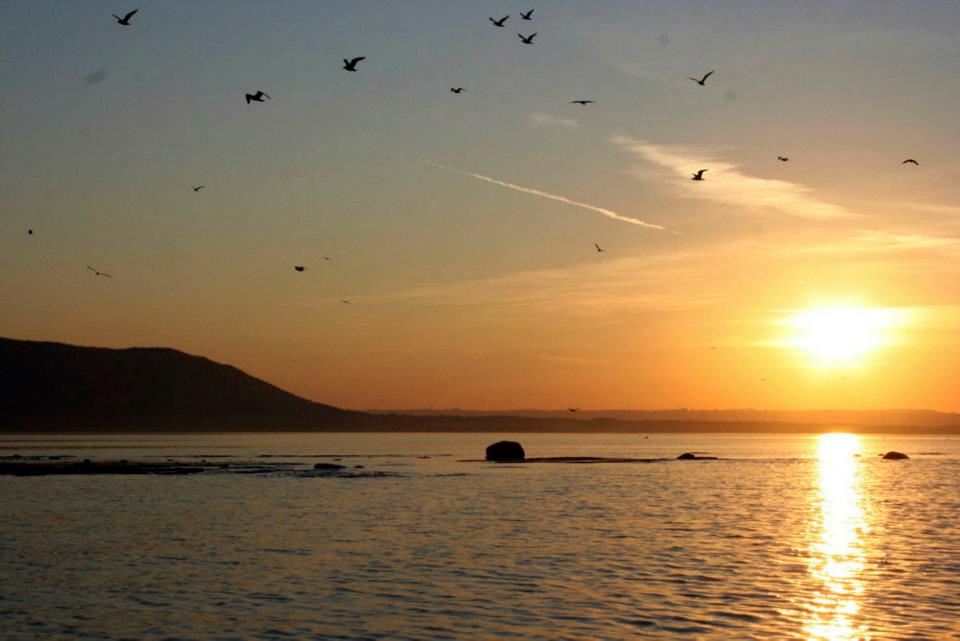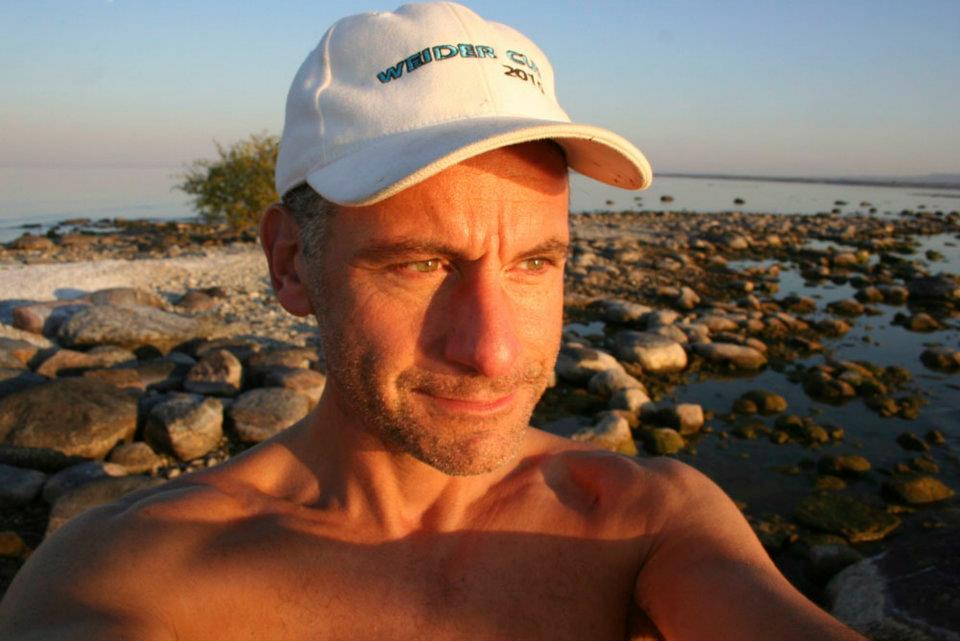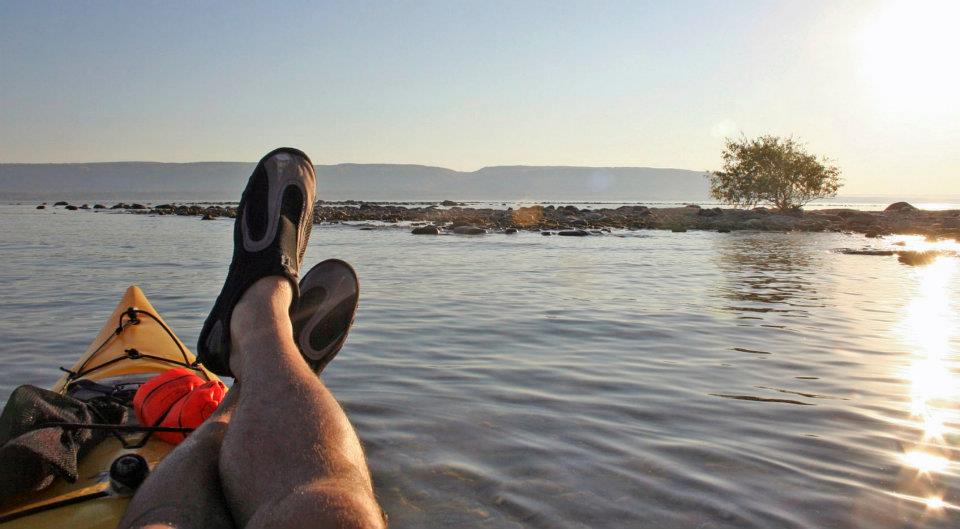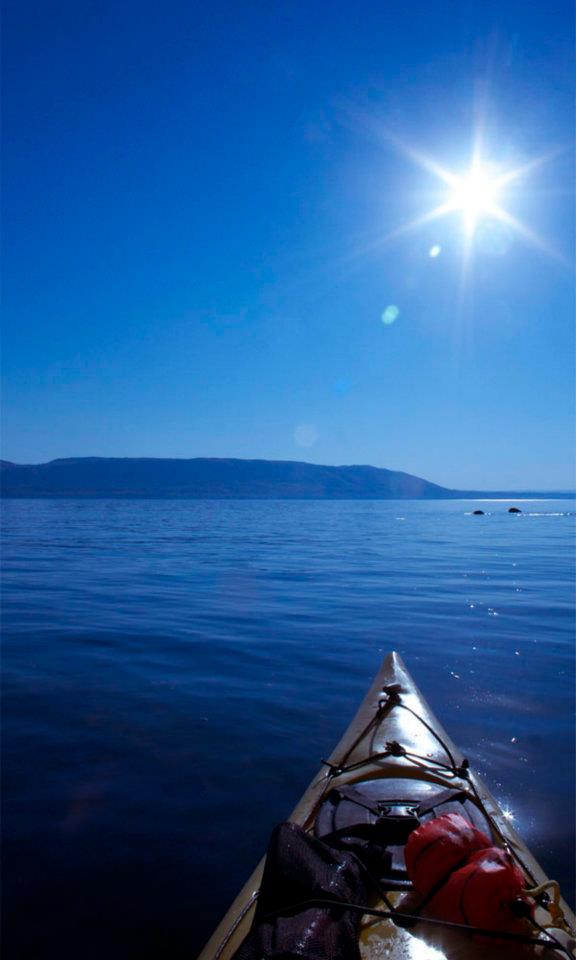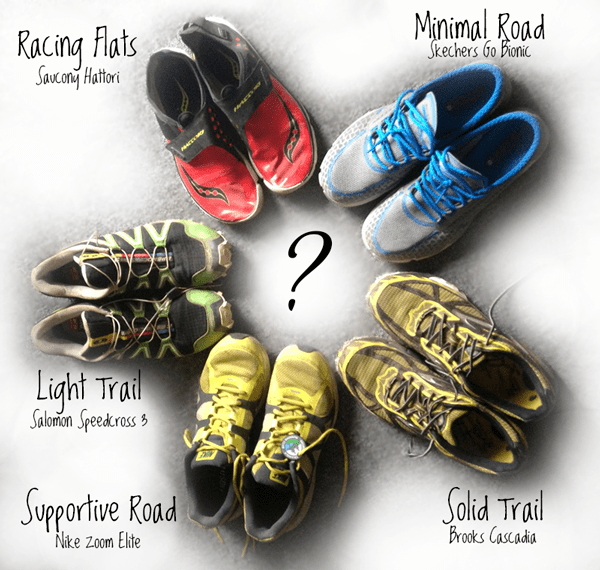Chiropractor, kinesiologist and experienced personal trainer Dr. Adam Martynuik has dedicated his career to treating the spectrum from professional athlete to working professional for spine and related muscle conditions.
Career and experience
With a special interest in sports and exercise related back pain and injuries Dr. Martynuik has treated professional hockey players, professional snowboarders & skiers, professional bikers, professional golfers, personal trainers and fitness instructors, endurance athletes, and fitness competitors while operating his practice within Collingwood since 2009.
In addition, he has over a decade of experience as a Kinesiologist, NSCA Certified Strength & Conditioning Specialist, physiotherapy assistant and personal trainer using his experience & education in exercise science to design effective rehabilitation programs following injury.
In 2020 Dr. Martynuik relocated and re-branded his practice as Muscle & Spine with the intention of creating a practice that would combine the best of medical, chiropractic, physical therapy, massage, acupuncture and exercise rehabilitation to address common spine and related muscle conditions. He is also focused on training and mentoring young practitioners to become successful and caring clinicians.
After nearly 20 years of clinical experience, Dr. Martynuik’s practice follows the philosophy that treatment is most successful when patients are engaged and motivated to reach personal goals rather than just reacting to pain with passive care.
Education
Dr. Adam Martynuik holds a Doctorate degree in Chiropractic Medicine from the Canadian Memorial Chiropractic College where he graduated Cum Laude with Clinical Honors.
Prior to that he successfully completed an Honors Degree in Kinesiology at the University of Western Ontario where he graduated with Distinction.
Dr. Martynuik is a graduate of the McMaster University Contemporary Medical Acupuncture program plus trained in Active Release Techniques and Selective Functional Movement Assessment (SFMA) to name a few.
Personal life and community
Adam lives in Collingwood with his wife Crystle and three children Hayley, Chloe & Easton plus their Shepherd-Husky dog Jackson. Adam enjoys many of the outdoor activities the natural landscape offers including trail running, mountain biking, skiing, snowboarding and is an avid hockey player among many other sporting activities. He is a Provincially qualified Men’s Physique competitor with a long-time focus on natural bodybuilding.
Adam is a founding member of the Georgian Triangle Running Club (GTRC) est. 2012, serving as President & Trail Run Coach until 2016. Adam has served as the Strength & Conditioning Coach for the CCI Fighting Owls Senior Football team and Ontario Snowboard Club.
Additional training & qualifications
- McMaster University Contemporary Medical Acupuncture program
- Active Release Techniques course
- Selective Functional Movement Screen course
- Mulligan Mobilizations course
- Neurokinetic Therapy course
- NSCA Strength & Conditioning coach
Website: https://www.muscleandspine.ca

